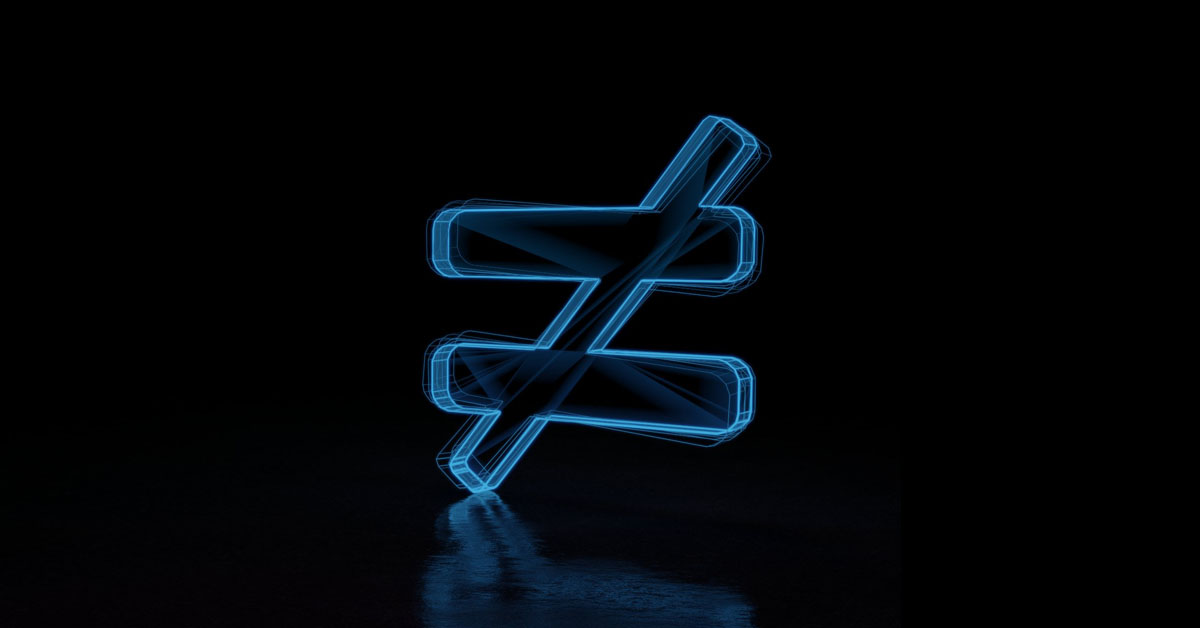R&D Investment Does NOT Equal Innovation
“Every year since 2005, Booz & Company has conducted the Global Innovation 1000 study, which investigates the relationship between how much companies spend on R&D and what their overall financial performance is—and every year, the study reinforces the conclusion that there is no statistically significant relationship between the two.” – Booz & Co. website
Think about it, the US is projected to spend $465 billion on R&D in 2014 and yet there is no statistically significant relationship between R&D spending and overall financial performance?! Ouch. Not only that, but the Top 10 R&D global spenders “lag their industry peers on revenue and market capitalization growth”(Innovation Study – 2013). Something is very wrong. There is a huge disconnect between the objectives of corporate R&D and its demonstrated results.
What one thing can be done to align R&D spending with improved financial performance? The answer is so basic it’s almost embarrassing to speak: obtain a clear understanding of what customers want.
The Booz & Company Innovation Studies have also shown that a “Needs Seeker” strategy – obtaining a superior understanding of the end-users’ needs – “offers the greatest potential for superior performance in the long term” (Innovation Study – 2012). The core reason that R&D fails to improve financial performance is the same reason why many new products fail: companies don’t understand what their customers want. Consequently, they invest in projects, ideas, and solutions that customers don’t buy.
This problem has been exacerbated because many leaders mistakenly believe that customers have latent unarticulated needs, needs that cannot be discovered before a minimally viable product is developed. This is simply false. We can discover what customers want when we focus on what they are trying to get done rather than focusing on product or service specifications.
Stephen R. Covey taught us that “keeping the end in mind” is essential for personal effectiveness and productivity. This is no less true for R&D and new product development teams. The 1st habit of highly effective R&D and/or new product development teams is to discover the customers’ end-in-mind. We can discover what customers are trying to get done and how they measure success before investing a dime in development.
Most companies don’t lack creativity or ideas, they lack focus. Provide your teams with focus on what customers are trying to get done and watch their efforts deliver commercial success.
 Keeping the End in Mind
Prev post
Keeping the End in Mind
Prev post



